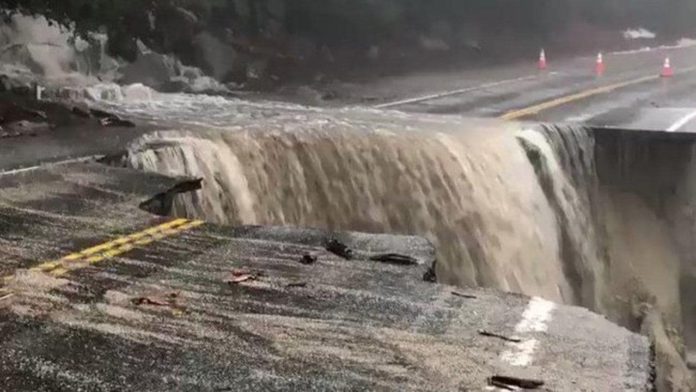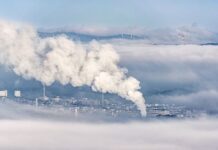This is Scott Amyx with today’s Climate Change Flash Briefing.
The recent atmospheric rivers or long, narrow regions in the atmosphere that carry concentrated water vapor dumped massive amounts of snow in the Sierra Mountains. Mammouth Mountain in the Sierras received more than 37 feet of snow since winter began. Start of 2019, California’s snowpack was at 67 percent. After the atmospheric rivers, the snowpack has risen to over 136 percent. This is good news for the drought-ridden state of California. In recent years, California has even tapped out its groundwater basins. The snowpack will provide California with much needed fresh water.
But it isn’t all good news.
The Russian River Valley in Northern California is used to flooding, usually reaching flood stage about five times a decade. However, the February storm that brought as much as 20 inches of rain in 48 hours caused the worst damage along the Russian River in 24 years. According to the National Oceanic Atmospheric Administration, Sonoma County has experienced 32 percent of California’s total repetitive flood losses, the highest in the state.
The atmospheric rivers also impacted Southern California with record rainfall and flash floods. Riverside County, Palm Springs and San Diego reported record flash floods and mudslides.
Atmospheric rivers play a key role in the global water cycle. On any given day, they account for over 90 percent of the global water vapor movement but cover less than 10 percent of the Earth’s circumference. Atmospheric rivers also contribute to about 22 percent of the total global runoff into the ocean. As the ocean waters heat up due to climate change, could we see even more destructive atmospheric rivers that could carry moisture equivalent of the Amazon River?
Stay tuned next time.


















